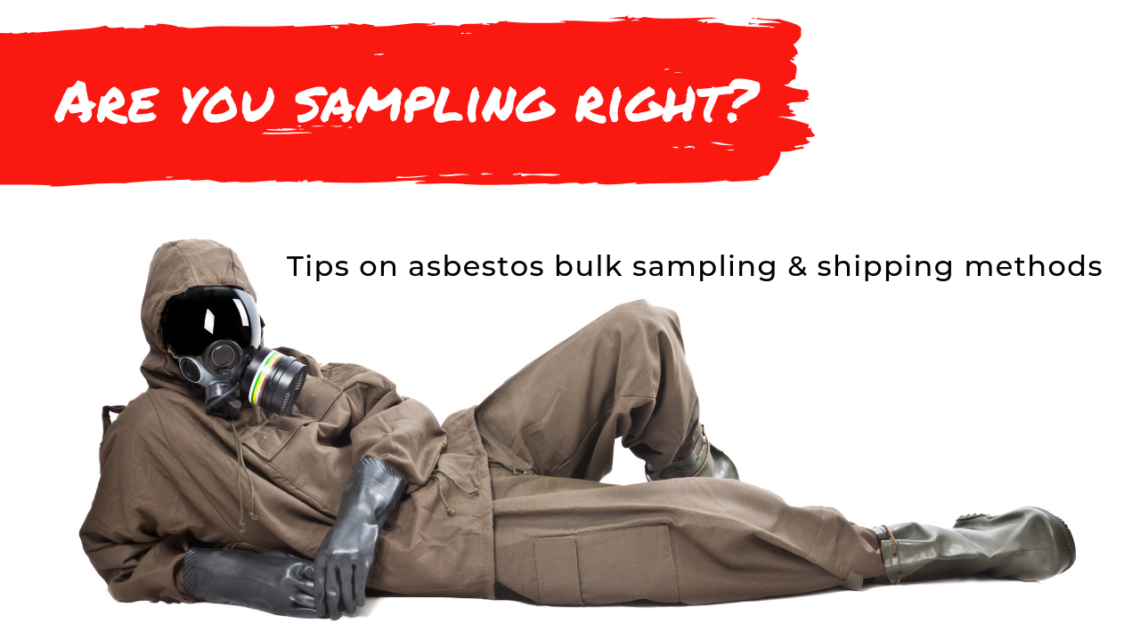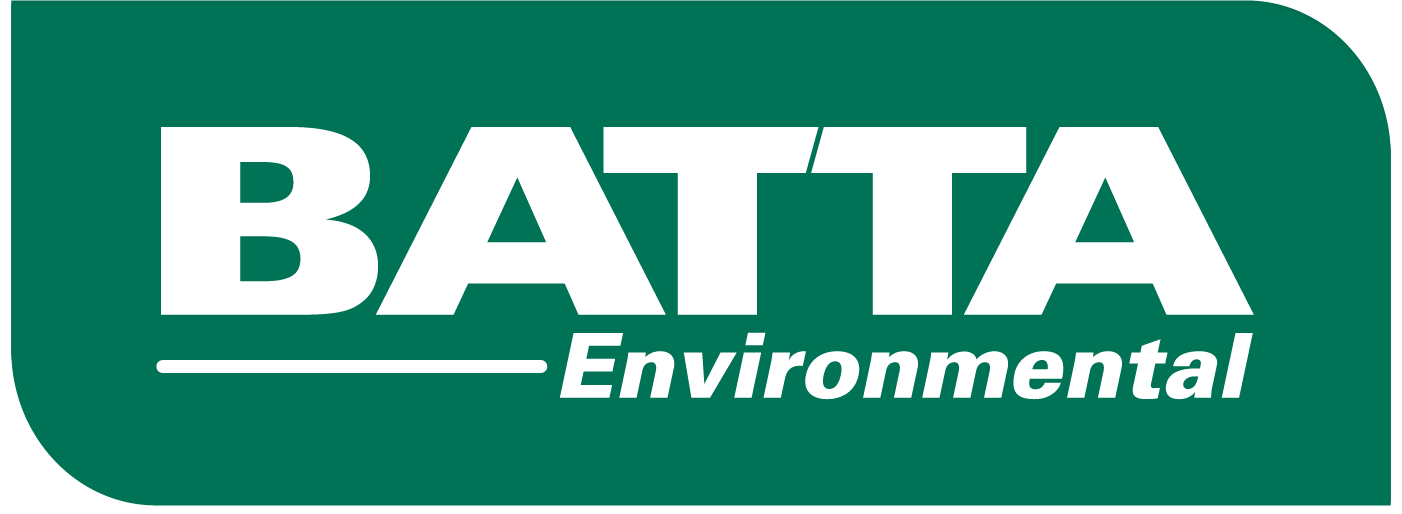
Below are some helpful tips on how to package and ship your samples correctly. Please note our training and expertise is purely analytical, and as such we cannot advise on what materials may or may not required to be tested.
Correct asbestos bulk sampling method
- Wet down the material with a light water mist before taking the sample. This reduces the potential release of asbestos fibers
- Do not disturb the material any more than is necessary to take a small sample.
- Place the sample in a clean, air-tight container such as a zip-lock bag or small glass jar. Seal tightly.
- Use a damp paper towel to clean up any material on the outside of the container or that might have spilled onto the floor.
- Clearly label the container, stating where and when the sample was taken.
- Send the sample to a laboratory for analyses. Make sure to take one sample for each different type of suspect material.
All samples must be accompanied by a complete Chain of Custody document before analysis can proceed. This documentation is available on our website, or at our lab. Please provide all documentation (Chain of Custody, Field forms, etc) outside of sample containers. Contaminated paperwork cannot be used in sample submission.

To ensure the health and safety of our laboratory staff as well as maintaining our ability to keep a sterile laboratory environment, all samples should be brought in the appropriate airtight container. All materials are presumed positive until proven otherwise, regardless of material type or your own experience with the material.

The following containers DO NOT count as airtight:
-
Tied/rolled over trash bags
-
Paper bags
-
Plastic Wrap/foil
-
Tape
-
Envelopes
-
Folded/rolled up gloves
-
Pants/Jacket pockets
-
Any bags that are stapled, regardless of where the staple actually pierces the bag.
Stapled and unsealed containers are the most common mistakes when submitting samples. If you are at all unsure of the guidelines, or if you have an improper container, please leave it outside our lab and our staff will be happy to provide necessary materials for safe sample submission.
Sample guidelines
Generally speaking, we ask for samples approximately 1″x1″ square at least or credit card sized at most. Roughly 1-2 tablespoons of material is suggested when dealing with crumbly/powdered materials such as ceiling textures). For materials such as loose fill insulation, 1/4 to 1/2cup is sufficient. We can perform analysis with less down to a point, but providing more material helps ensure optimal analysis conditions. Insufficient sample sizes may be denoted with a disclaimer on the final report.
When bringing in samples to Batta Laboratories, please have each sample in its own sealed container. All individual sample containers should be placed in one larger bag if possible. If multiple samples are brought in within the same container, a cross contamination disclaimer may be listed on the final report.

